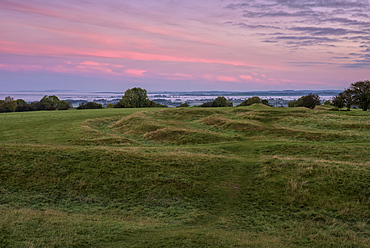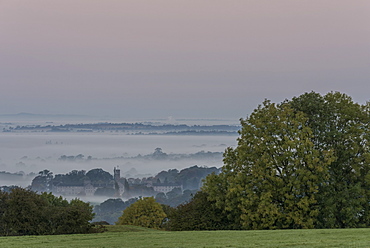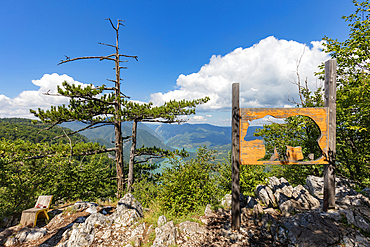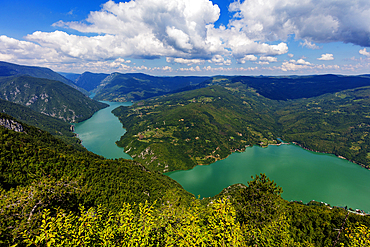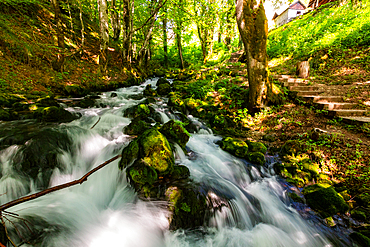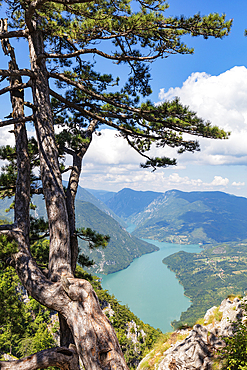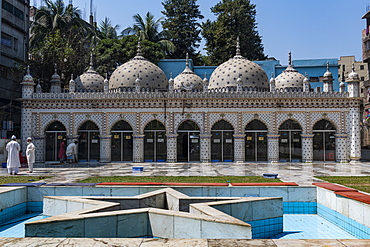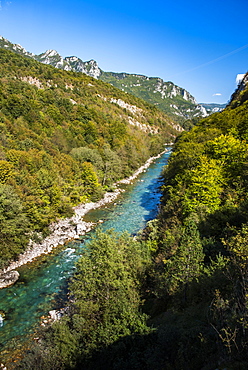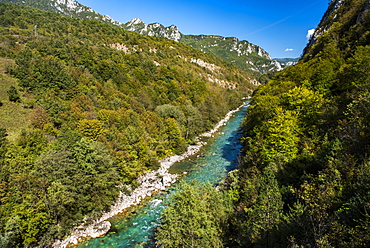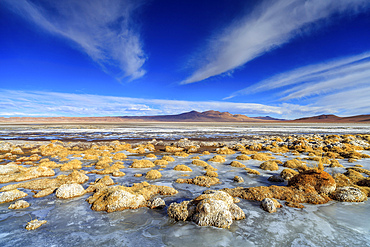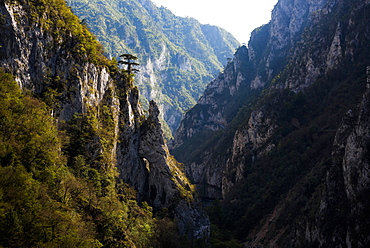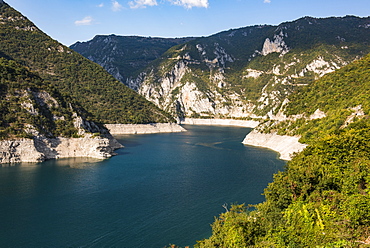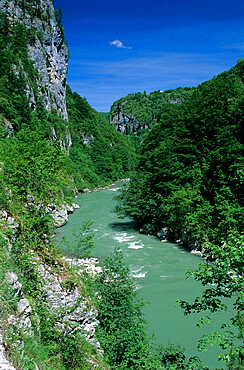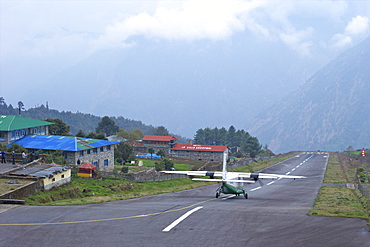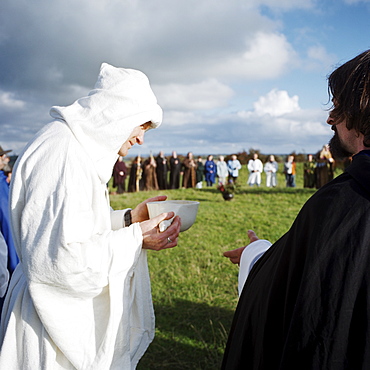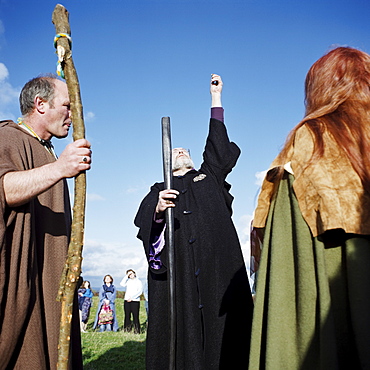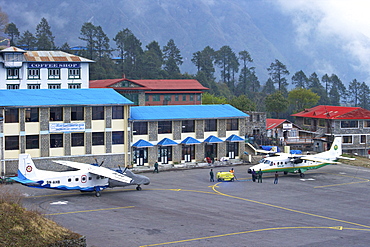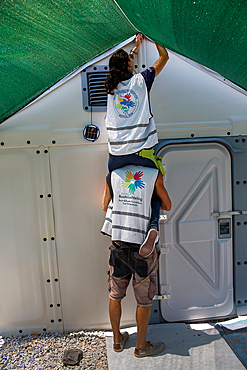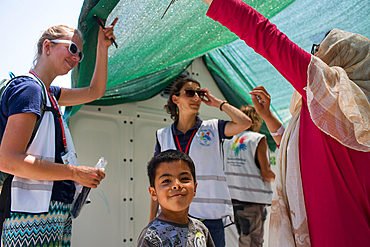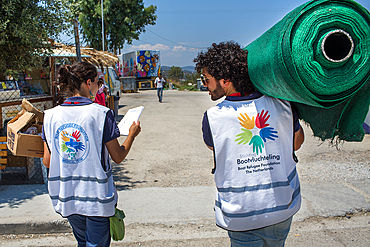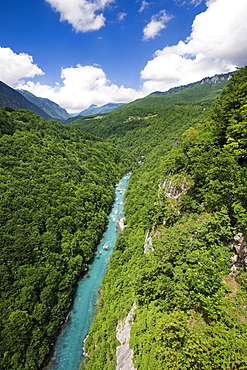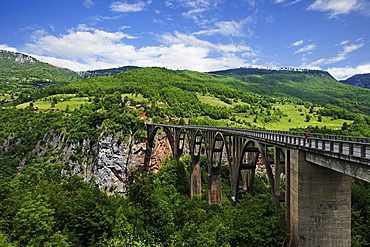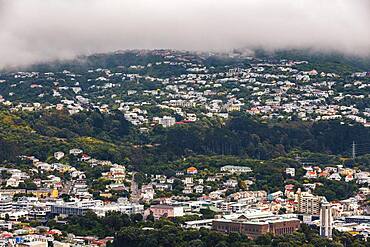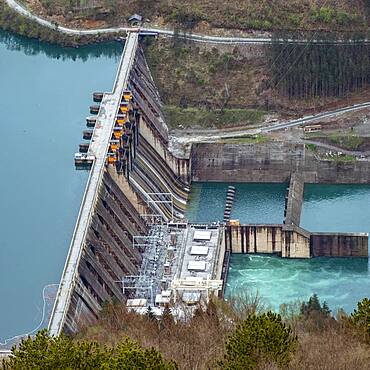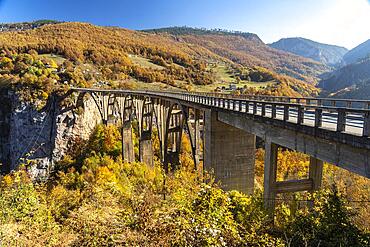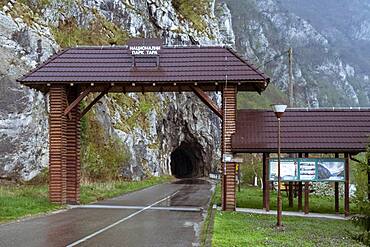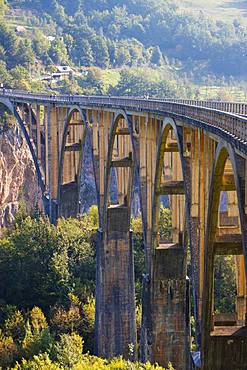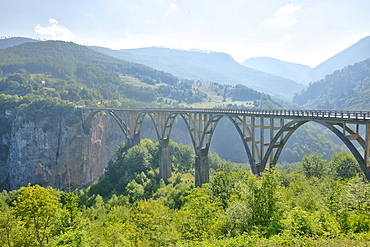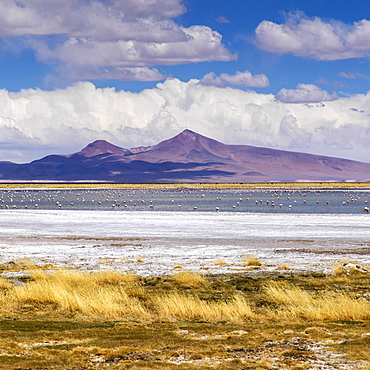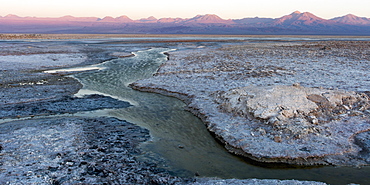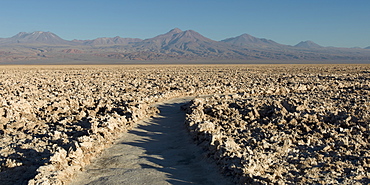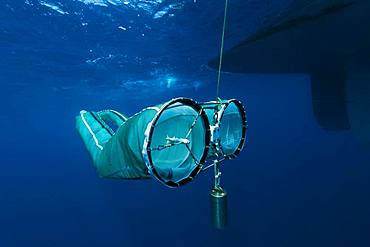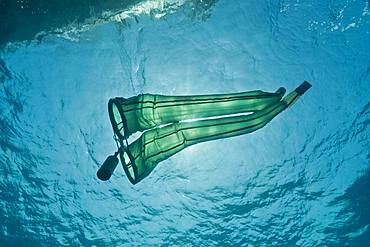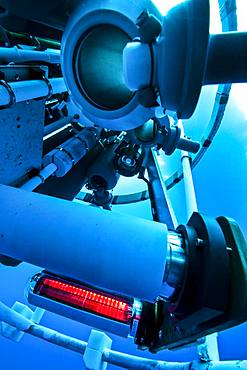Results
46 results found
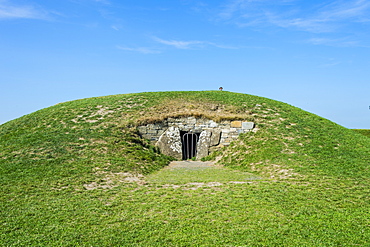
Mount of the Hostages, former high seat of the High King of Tara, Hill of Tara, County Meath, Leinster, Republic of Ireland, Europe
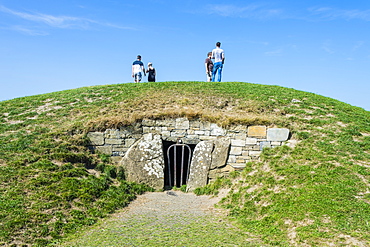
Mount of the Hostages, former high seat of the High King of Tara, Hill of Tara, County Meath, Leinster, Republic of Ireland, Europe
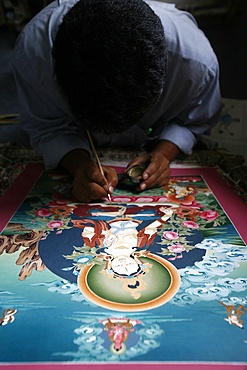
Painting a thangka depicting White Tara goddess, Buddhist symbol of long life, Bhaktapur, Nepal, Asia
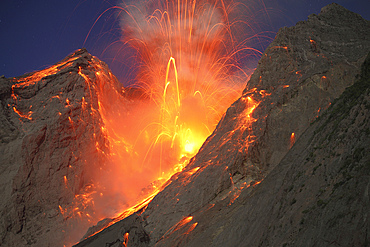
November 28, 2012 - Explosive strombolian type eruption of Batu Tara volcano, Komba Island, Indonesia. Trajectories of red glowing lava bombs are visible against blue night sky.
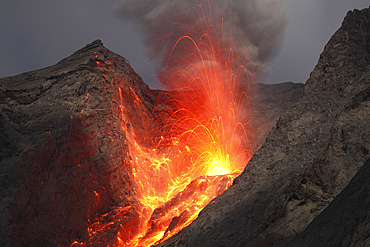
November 27, 2012 - Explosive strombolian type eruption of Batu Tara volcano, Komba Island, Indonesia. Trajectories of red glowing lava bombs are visible.
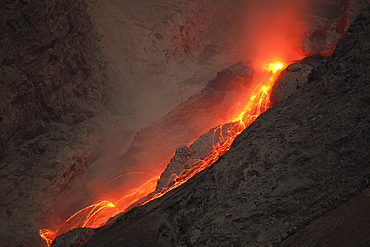
November 25, 2012 - Extrusion of lava through lava plug on top of conduit leads to small glowing rockfalls. Batu Tara volcano, Komba Island, Indonesia.
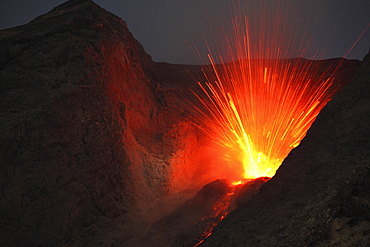
November 26, 2012 - Powerful explosive strombolian type eruption of Batu Tara volcano, Komba Island, Indonesia. Trajectories of red glowing lava bombs are visible.

November 26, 2012 - Explosive strombolian type eruption of Batu Tara volcano, Komba Island, Indonesia. Trajectories of red glowing lava bombs are visible.
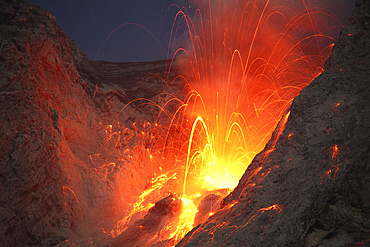
November 25, 2012 - Explosive strombolian type eruption of Batu Tara volcano, Komba Island, Indonesia. Trajectories of red glowing lava bombs are visible.
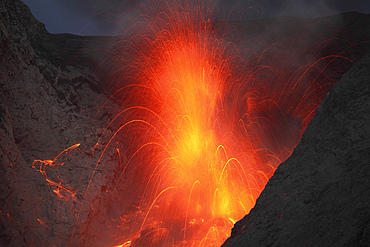
November 26, 2012 - Explosive strombolian type eruption of Batu Tara volcano, Komba Island, Indonesia. Trajectories of red glowing lava bombs are visible.
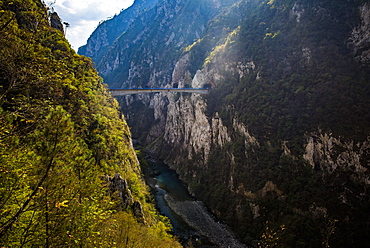
Bridge in Tara River Canyon Gorge, Durmitor National Park, UNESCO World Heritage Site, Montenegro, Europe
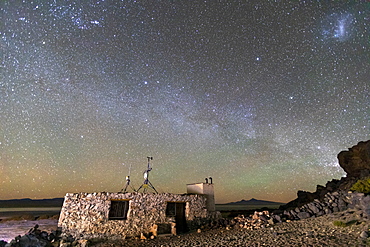
Milky Way over Salar de Tara y Aguas Calientes I, Los Flamencos National Reserve, Antofagasta Region, Chile, South America
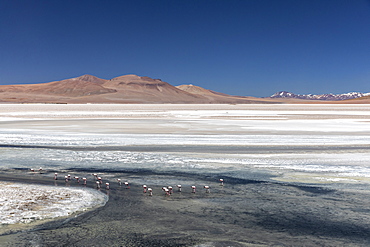
Andean flamingos (Phoenicoparrus andinus), Laguna Tara, Los Flamencos National Reserve, Antofagasta Region, Chile, South America.
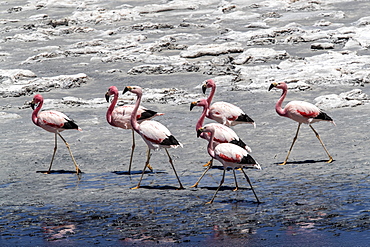
Andean flamingos (Phoenicoparrus andinus), Laguna Tara, Los Flamencos National Reserve, Antofagasta Region, Chile, South America
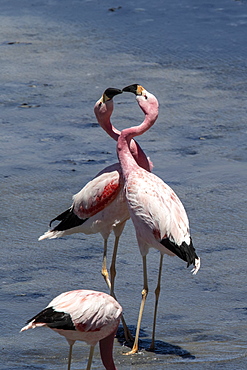
Andean flamingos (Phoenicoparrus andinus), Laguna Tara, Los Flamencos National Reserve, Antofagasta Region, Chile, South America
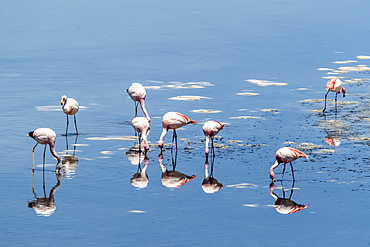
James's flamingos (Phoenicoparrus jamesi), Laguna Tara, Los Flamencos National Reserve, Antofagasta Region, Chile, South America
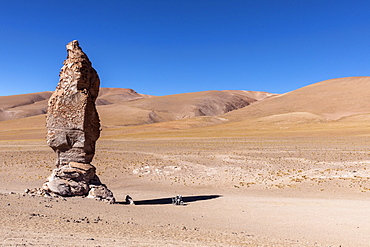
Stone formation at Salar de Tara y Aguas Calientes I, Los Flamencos National Reserve, Antofagasta Region, Chile, South America
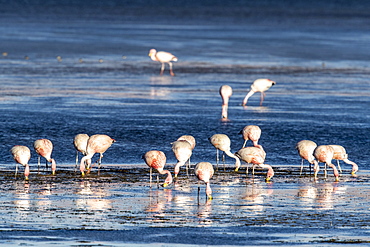
James's flamingos (Phoenicoparrus jamesi), Salar de Tara y Aguas Calientes I, Los Flamencos National Reserve, Chile, South America
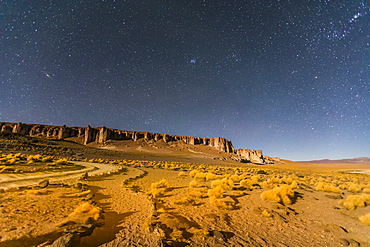
Starry night at Salar de Tara y Aguas Calientes I, Los Flamencos National Reserve, Antofagasta Region, Chile, South America
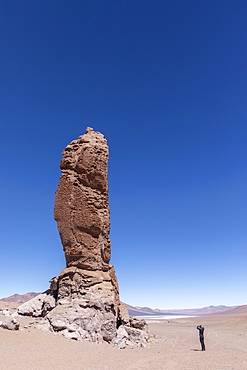
Stone formation at Salar de Tara y Aguas Calientes I, Los Flamencos National Reserve, Antofagasta Region, Chile, South America
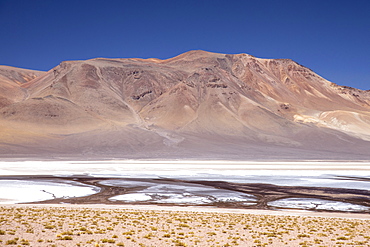
Laguna Tara, Los Flamencos National Reserve, San Pedro de Atacama, Antofagasta Region, Chile, South America
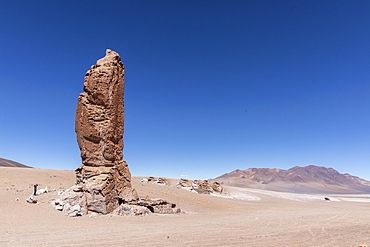
Stone formation at Salar de Tara y Aguas Calientes I, Los Flamencos National Reserve, Antofagasta Region, Chile, South America

Stone formations at Salar de Tara y Aguas Calientes I, Los Flamencos National Reserve, Antofagasta Region, Chile, South America
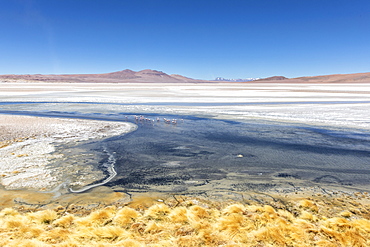
Andean flamingos (Phoenicoparrus andinus), Laguna Tara, Los Flamencos National Reserve, Antofagasta Region, Chile, South America
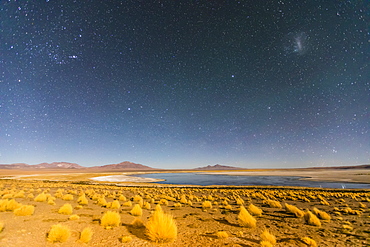
Starry night at Salar de Tara y Aguas Calientes I, Los Flamencos National Reserve, Antofagasta Region, Chile, South America
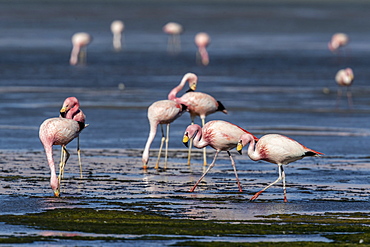
James's flamingos (Phoenicoparrus jamesi), Salar de Tara y Aguas Calientes I, Los Flamencos National Reserve, Chile, South America
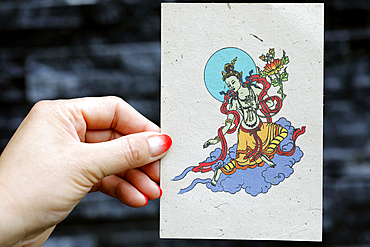
Green Tara, a Buddhist deity associated with healing and compassion, Vietnam, Indochina, Southeast Asia, Asia
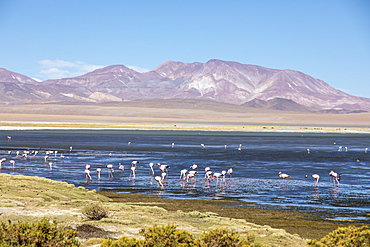
James's flamingos (Phoenicoparrus jamesi), Salar de Tara y Aguas Calientes I, Los Flamencos National Reserve, Chile, South America

Tara, female Bodhisattva in Mahayana Buddhism, known as the mother of liberation, representing the virtues of success in work and achievements, Vietnam, Indochina, Southeast Asia, Asia

White Tara, Tibetan thanka, Shedub Choekhor Ling Monastery, Mont Saleve, Haute-Savoie, France, Europe
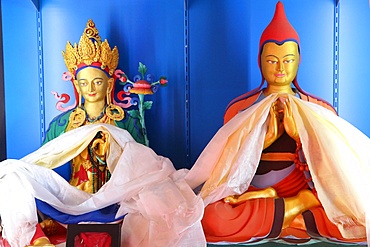
Green Tara and Atisha Dipamkara Shrijnana, Shedub Choekhor Ling Monastery, Mont Saleve, Haute-Savoie, France, Europe
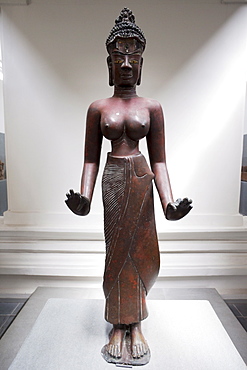
Bronze statue of Bodhisattva Tara, Museum of Cham Sculpture, Danang, Vietnam, Indochina, Southeast Asia, Asia

A traditional Thanka painting at the Boudhanath Stupa, one of the holiest Buddhist sites in Kathmandu, Nepal, Asia
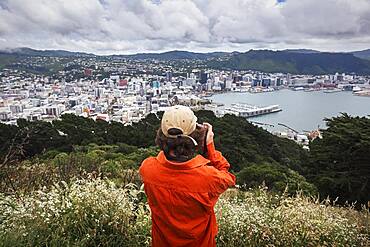
Guy with camera infront of Wellington City, Te Whanganui-a-Tara, Wellington City, Wellington, North Island, New Zealand, Oceania
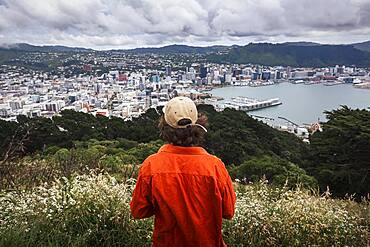
Guy infront of Wellington City, Te Whanganui-a-Tara, Wellington City, Wellington, North Island, New Zealand, Oceania
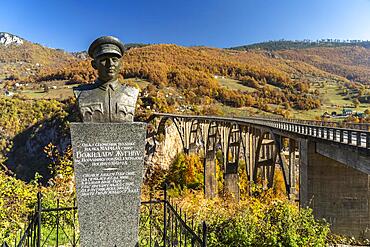
Statue of planner Mijat S. Trojanovic in front of the Tara Bridge in autumn, Pljevlja, Montenegro, Europe

Tara Pacific expedition - november 2017 Small coral island and adjacent reef, near Yanaba Island, Papua New Guinea, H: 452.3 m, mandatory credit line: Photo: Christoph Gerigk, drone pilot: Guillaume Bourdin - Tara Expeditions Foundation
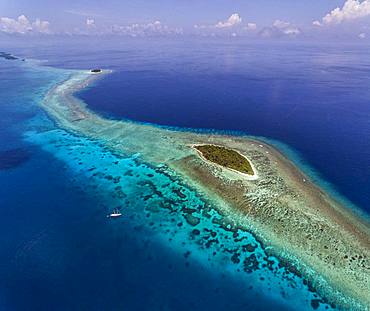
Tara Pacific expedition - november 2017 Small coral island and adjacent reef, near Yanaba Island, Papua New Guinea, H: 536,6 m, mandatory credit line: Photo: Christoph Gerigk, drone pilot: Guillaume Bourdin - Tara Expeditions Foundation
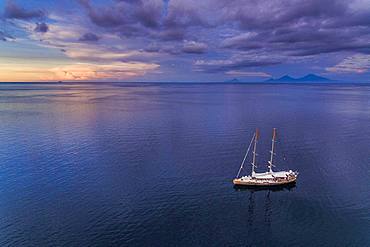
Tara Pacific expedition - november 2017 Tara in Kimbe Bay, papua New Guinea, H: 103,6 m, mandatory credit line: Photo: Christoph Gerigk, drone pilot: Guillaume Bourdin - Tara Expeditions Foundation
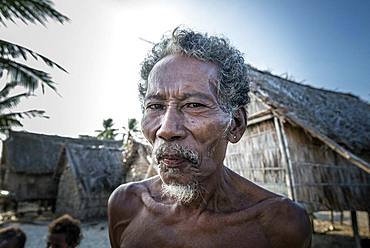
Tara Pacific expedition - november 2017 Yanaba Island, Egum Atoll, Papua New Guinea, Old man of Yanaba.
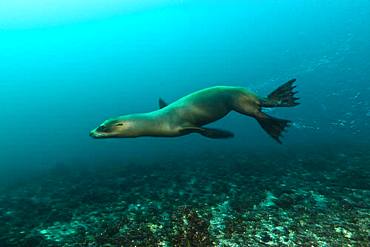
Tara Oceans Expeditions - May 2011. Galápagos sea lion (Zalophus wollebaeki), Roca Redonda, Galapagos, Ecuador
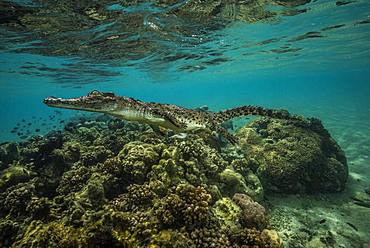
Tara Pacific expedition - november 2017 Saltwater crocodile (Crocodylus porosus) on a small reef, near Garua Island, Kimbe Bay, Papua New Guinea,

Tara Pacific expedition - november 2017 Zero wreck, vertical view Orthomosaic from 3D photogrammetry (13500 x 10000 px). D: 15 m Kimbe Bay, papua New Guinea, Coral growth on this wreck is from a period of 74 years ! The ZERO, is a Japanese WW2 fighter plane wreck. This Zero wreck was discovered in January 2000 by local William Nuli while he was freediving for sea cucumbers. He asked the Walindi Plantation Resort dive team if they might know what it was, and when they investigated they uncovered the intact wreck of a Zero fighter, resting on a sedimented bottom in 15 m depth. This World War II Japanese fighter is almost completely intact. The plane is believed to have been ditched, the pilot is believed to have survived, but was never found on the island. He never returned home. Maybe he disappeared in the jungle? On 26th December 1943, during the battle of Cape Gloucester, the Japanese pilot made an emergency landing, ditching his Mitsubishi A6M Zero plane into the sea approximately 100m off West New Britain Province. The plane was piloted by PO1 Tomiharu Honda of the 204st K?k?tai. His fate is unknown but it is believed the he made a controlled water landing after running out of fuel and survived. Although he failed to return to his unit, the plane was found with the throttle and trim controls both set for landing and the canopy was open. There are no visible bullet holes or other shrapnel damage and the plane is still virtually intact after over 70 years underwater. It is a A6M2 Model 21 Zero, made famous for its use in Kamikaze attacks by the Japanese Imperial Navy. The wreck has the Manufacture Number 8224 and was built by Nakajima in late August 1942.
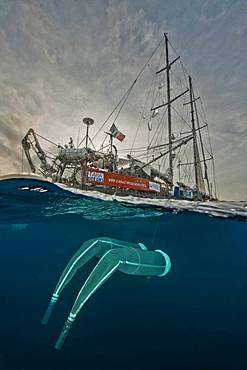
Tara Oceans Expeditions - May 2011. Tara with deployed plancton nets. On "station", the boat is drifting without engine or sails. Tara Oceans, a unique expedition: Tara Oceans is the very first attempt to make a global study of marine plankton, a form of sea life that includes organisms as small as viruses and bacterias, and as big as medusas. Our goal is to better understand planktonic ecosystems by exploring the countless species, learning about interactions among them and with their environment. Marine plankton is the only ecosystem that is almost continuous over the surface of the Earth. Studying plankton is like taking the pulse of our planet. Recently, scientists have discovered the great importance of plankton for the climate: populations of plankton are affected very rapidly by variations in climate. But in turn they can influence the climate by modifying the absorption of carbon. In a context of rapid physico-chemical changes, for example the acidification observed today in the world's oceans, it is urgent to understand and predict the evolution of these particular ecosystems. Finally, plankton is an astonishing way of going back in time ? a prime source of fossils. Over the eons, plankton has created several hundred meters of sediment on the ocean floors. This allows us to go back in time, to the first oceans on Earth, and better understand the history of our biosphere. More than 12 fields of research are involved in the project, which will bring together an international team of oceanographers, ecologists, biologists, geneticists, and physicists from prestigious laboratories headed by Eric Karsenti of the European Molecular Biology Laboratory. Galapagos

Tara Oceans Expeditions - May 2011. Bubbles rise from underwater volcanic vents among rocks, the openings are crusted with sulfur, Roca Redonda, Galapagos, Ecuador
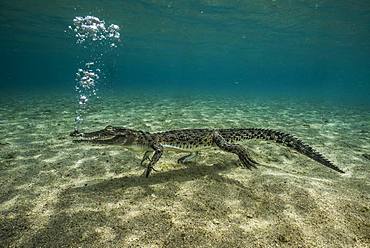
Tara Pacific expedition - november 2017 Saltwater crocodile exhaling through the nose (bouyancy control) near Garua Island, Kimbe Bay, Papua New Guinea
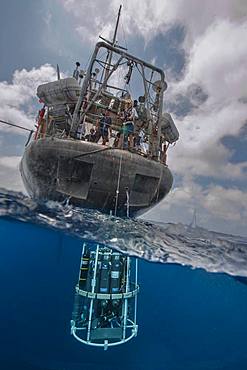
Tara Oceans Expeditions - May 2011. CTD-Rosette (Conductivity Temperature Density instrumental platform with 7 additional sensors)
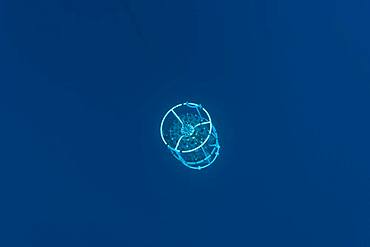
Tara Oceans Expeditions - May 2011. CTD-Rosette (Conductivity Temperature Density instrumental platform with 7 additional sensors), Galapagos
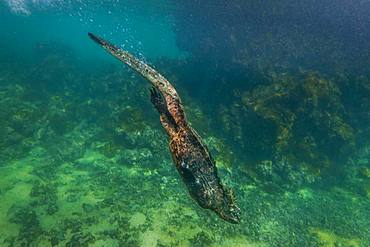
Tara Oceans Expeditions - May 2011. diving Marine Iguana (Amblyrhynchus cristatus); Isabela Island; Galapagos, Ecuador; The Marine Iguana appears slow and clumsy on land, but this particular species of lizard is the only sea-going lizard in the world. However, it has to return the the land to breed.

Tara Pacific expedition - november 2017 Kimbe Bay, papua New Guinea, Zero wreck: Coral growth on this wreck is from a period of 74 years ! D: 15 m The ZERO, is a Japanese WW2 fighter plane wreck. This Zero wreck was discovered in January 2000 by local William Nuli while he was freediving for sea cucumbers. He asked the Walindi Plantation Resort dive team if they might know what it was, and when they investigated they uncovered the intact wreck of a Zero fighter, resting on a sedimented bottom in 15 m depth. This World War II Japanese fighter is almost completely intact. The plane is believed to have been ditched, the pilot is believed to have survived, but was never found on the island. He never returned home. Maybe he disappeared in the jungle? On 26th December 1943, during the battle of Cape Gloucester, the Japanese pilot made an emergency landing, ditching his Mitsubishi A6M Zero plane into the sea approximately 100m off West New Britain Province. The plane was piloted by PO1 Tomiharu Honda of the 204st K?k?tai. His fate is unknown but it is believed the he made a controlled water landing after running out of fuel and survived. Although he failed to return to his unit, the plane was found with the throttle and trim controls both set for landing and the canopy was open. There are no visible bullet holes or other shrapnel damage and the plane is still virtually intact after over 70 years underwater. It is a A6M2 Model 21 Zero, made famous for its use in Kamikaze attacks by the Japanese Imperial Navy. The wreck has the Manufacture Number 8224 and was built by Nakajima in late August 1942.
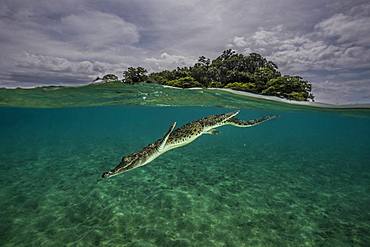
Tara Pacific expedition - november 2017 Saltwater crocodile (Crocodylus porosus) diving down near Garua Island, Kimbe Bay, Papua New Guinea
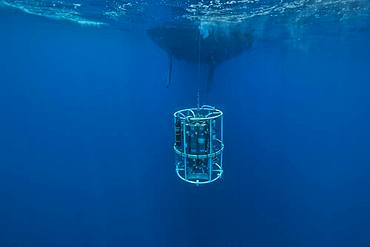
Tara Oceans Expeditions - May 2011. CTD-Rosette (Conductivity Temperature Density instrumental platform with 7 additional sensors), galapagos

